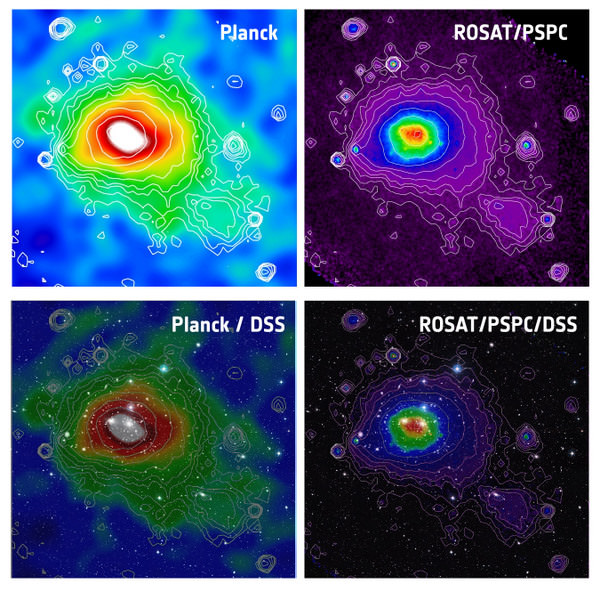


Azygos lobe is a very rare but normal anatomic variant of right upper lobe seen in only 0.4% of population radiologically and in 1% specimen during anatomical dissection. Azygos lobe has been reported in both the lungs. In 1877, azygos lobe was first described by Heinrich Wrisberg.
#COMA X RAY PATCH#
↑ 21.0 21.1 21.2 21.3 Lua error in a at line 80: module 'strict' not found.Computed tomogram of thorax showing patch of consolidation in right upper lobe (blue arrow) adjacent to azygos lobe (brown arrow).↑ 19.0 19.1 Lua error in a at line 80: module 'strict' not found.↑ Newswise: Hubble's Sweeping View of the Coma Cluster of Galaxies Retrieved on June 11, 2008.↑ Section 4 of Lua error in a at line 80: module 'strict' not found.↑ Lua error in a at line 80: module 'strict' not found.↑ 4.0 4.1 Lua error in a at line 80: module 'strict' not found.↑ 3.0 3.1 3.2 Lua error in a at line 80: module 'strict' not found.Chandra/Field Guide to X-ray Sources: Coma Cluster at the Wayback Machine (archived February 21, 2008) ↑ 2.0 2.1 Lua error in a at line 80: module 'strict' not found.The Uhuru observations indicated a source strength of no greater than ~10 −3 photons cm −2s −1keV −1 at 25 keV, which disagrees with the earlier observations claiming a source strength of ~10 −2 photons cm −2s −1keV −1 at 25 keV, and a size of 5°. As the source is extended, with a size of about 45', this argues against the possibility that a single galaxy is responsible for the emission. The source near the center at RA (1950) 12 h56 m ± 2 m Dec 28☆' ± 12' has a luminosity L x = 2.6 x 10 44 ergs/s. The Coma cluster contains about 800 galaxies within a 100 x 100 arc-min area of the celestial sphere. A strong X-ray source was observed by the X-ray observatory satellite Uhuru close to the center of the Coma cluster and this source was suggested be designated Coma X-1. This X-ray observation was performed by balloon, but the source was not detected in the sounding rocket flight launched by the X-ray astronomy group at the Naval Research Laboratory on November 25, 1964.

X-ray sourceĪn extended X-ray source centered at 1300+28 in the direction of the Coma cluster of galaxies was reported before August 1966. However, the distribution of dark matter throughout the cluster is poorly constrained. Ībout 90% of the mass of the Coma cluster is believed to be in the form of dark matter. Though the idea of dark matter would not be accepted for another fifty years, Zwicky even wrote that the galaxies must be held together by some dunkle Materie. In 1933 Fritz Zwicky showed that the galaxies of the Coma Cluster were moving too fast for the cluster to be bound together by the visible matter of its galaxies. The Coma Cluster is one of the first places where observed gravitational anomalies were considered to be indicative of unobserved mass.
#COMA X RAY FULL#
The full extent of the cluster was not understood until it was more thoroughly studied in the 1950s by astronomers at Mount Palomar Observatory, although many of the individual galaxies in the cluster had been identified previously. As is usual for clusters of this richness, the galaxies are overwhelmingly elliptical and S0 galaxies, with only a few spirals of younger age, and many of them probably near the outskirts of the cluster.


 0 kommentar(er)
0 kommentar(er)
